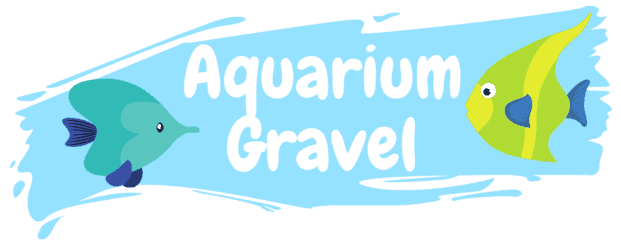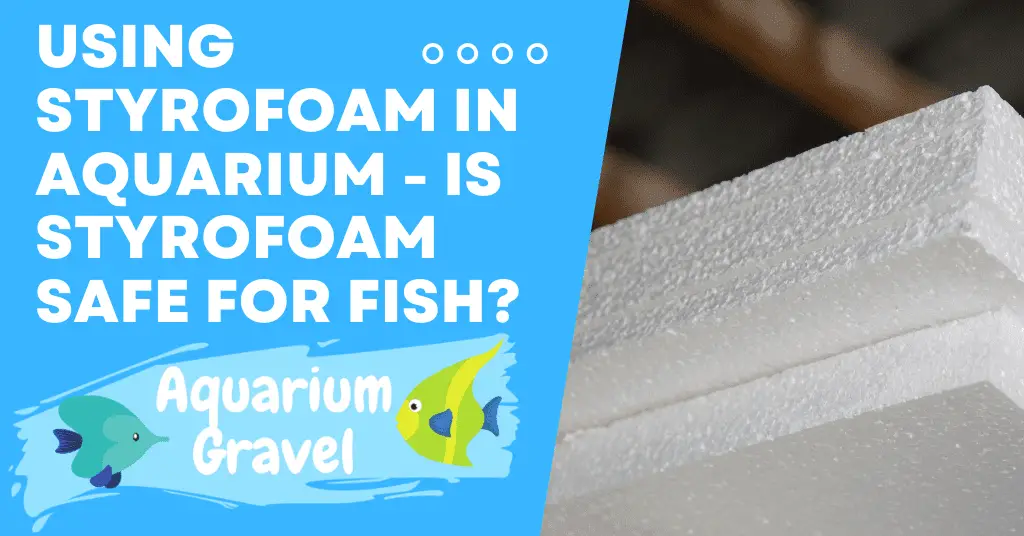Last Updated on March 26, 2022 by cmoarz
Styrofoam has been used in arts and crafts for many years, and it’s a material that is commonly used in household projects. It’s lightweight, inexpensive, and easy to work with.
So, it’s no surprise that some people have started using Styrofoam in their aquariums.
Its ease of sculpting makes it great for creating beautiful and dynamic aquascapes, decorations, backgrounds, and more.
But is Styrofoam safe for fish? Let’s take a closer look.

Is styrofoam safe for aquarium use?
Table of Contents
Styrofoam is heavily depended upon by aquascapes for its ease of use in making intricate designs.
However, many aquarium hobbyists have raised concerns about using Styrofoam in their tanks.
The main concern is that the Styrofoam may release harmful chemicals into the water that could be detrimental to the health of the fish.
Another worry is that the Styrofoam could break down and release small pieces into the water that the fish could ingest, leading to digestive problems, impaction, constipation, and death.
A lot of these concerns aren’t completely unfounded either. There are a lot of types of styrofoam in the world that have different effects, including chemical makeup and dyes.
But the truth is, Some styrofoams are perfectly safe to use in submerged aquarium settings so long as they meet certain inert standards and are well sealed with aquarium safe sealant.
The bigger issue is with the type of sealant you use and the type of glue used to keep the styrofoam together.
Most of the time, the Styrofoam itself isn’t the problem, it’s the sealant or glue that is used to attach it to rocks or other decorations in the aquarium.
There are many types of sealants and glues on the market that are not aquarium safe and can release harmful chemicals into your tank water.
So, it’s important that you use an aquarium-safe sealant or glue when attaching Styrofoam to rocks or other decorations in your tank.
Some of these sealants are:
And you can also brush silicone over the styrofoam then use aquarium-safe paint over it.
And glues:
Silicone (Tried and true)
Note: You can use a hot glue gun in an aquarium, the glue is nontoxic to fish, the heat, however, may deform your foam as you use it so keep that in mind.

Does styrofoam hurt fish?
There are a lot of types of styrofoam on the market that can hurt fish, but the type of styrofoam that is used in aquariums is safe for fish. (Check out the list below for compatible styrofoam types)
Many of these styrofoams will absorb water, disintegrate or leech chemicals or dye into the water which can hurt fish.
If not set up properly, some fish types may also attempt to bite out chunks of styrofoam and eat it, which can cause digestive problems or blockages.
For the most part, however, so long as you’re using aquarium-safe styrofoam and attaching it properly with aquarium-safe glue or sealant, your fish will be perfectly safe.
So I keep mentioning aquarium safe styrofoams, But I don’t mention what type or brand! So, here’s a list of water-safe styrofoams for aquarium aquascape.

What type of foam is safe for aquariums?
The type of foam you want is something with no dyes (so white when possible), closed celled, and dense.
Dye isn’t as much of a factor because you will be sealing the styrofoam, but it’s still something you want to avoid if possible.
Closed celled means that there are no small holes or gaps in the material that could allow water to seep in and break it down from the inside out.
The final factor, density, is important because you want styrofoam that can be easily cut and molded but won’t fall apart or crumble when handled.
Some good styrofoam brands that meet these criteria are:
Rigid styrofoam
Polystyrene Styrofoam Blocks for Crafting
Aquarium and pond safe expanding foam

Do fish eat styrofoam?
It’s actually been shown that some fish can become addicted to chewing and eating styrofoam. Obviously, this is bad and you don’t want it happening.
If fish do eat it, they could become impacted, constipated, bloated or outright choke and die.
Properly sealed or cemented styrofoam is an easy way to avoid this problem, as well as being sure you remove any debris from the tank after you’ve finished sculpting or working on your aquascape.
In conclusion, Is styrofoam safe for fish in an aquarium? Yes, as long as it’s a hard polystyrene foam and it’s sealed properly with nontoxic cement or paint.
About
Owner of AquariumGravel.com and also owner of actual Aquarium Gravel believe it or not! ;). Setting up beautiful aquarium sceneries and habitats since I was very young. Enjoy!
- Web |
- More Posts(290)

